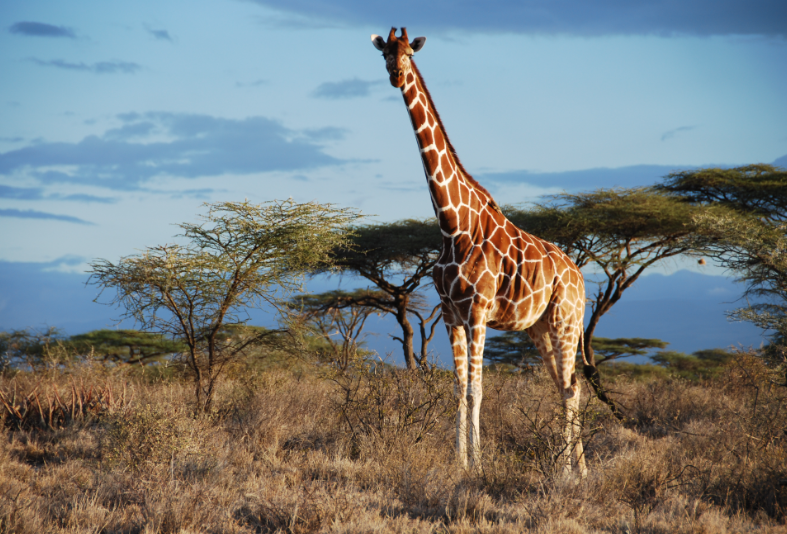Opportunities

Agriculture
Cameroon has over 7.2 million hectares of arable lands and a climate favorable to a wide variety of crops. Cultivable land represents 26% (1.8 million hectares) of arable land. Agriculture plays a preponderant role in Cameroon, and is one of the key sectors of its economy. It contributes 17% of GDP and employs 60% of the active population.
Learn MoreAir Frieght
Cameroon is, mainly served by three international airports (Douala, Yaoundé and Garoua) and five secondary airports (Maroua, Ngaoundéré, Bertoua, Bafoussam and Bamenda).
Learn More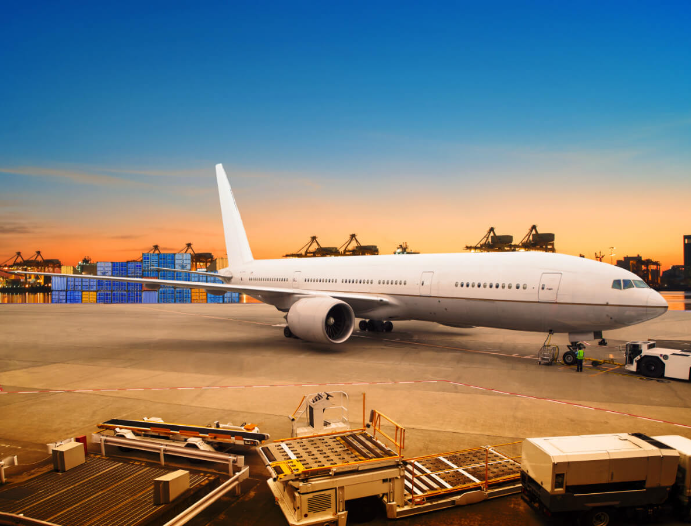
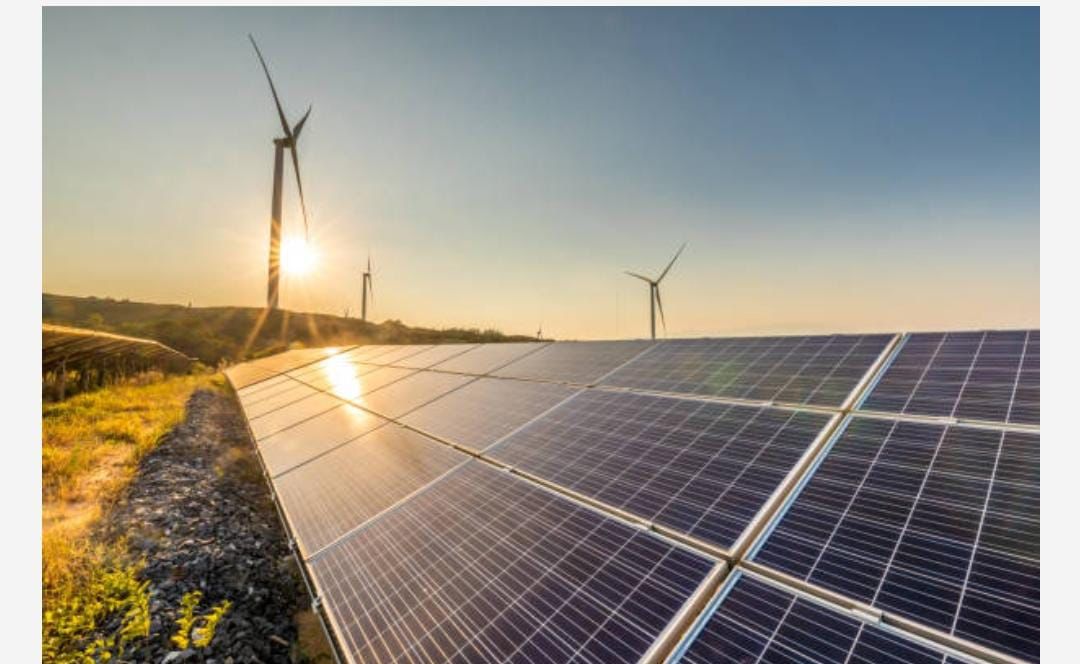
Energy
Hydroelectricity is the country’s main source of energy (70% of the energy mix), with Cameroon having the 3rd largest hydraulic potential in Africa (23,000 MW). Cameroon also has an immense hydropower potential of about 115,000 GWh/year, of which only about 4% has been developed. A lot of planning and feasibility study activities are ongoing throughout the country. More than 6,000 MW have been identified on rivers and waterfalls, mostly focused on the big rivers in the South. There are plans to further develop the potential of the Sanaga River to increase the capacity of the two big plants already existing, another two-plant cascade with more than 400MW on the Nyong River, and almost 300MW on the Ntem River. The Northeast of the country also offers opportunities for hydropower development.
Learn MoreForestry
Thanks to its geographical position in the Congo Basin, Cameroon has a forest area estimated at 22 million hectares, or nealy 46% of the total country area, of which 17.5 are exploitable. 26 000 hectares (0.1% of the forest area) is categorised as planted forest.
Learn More
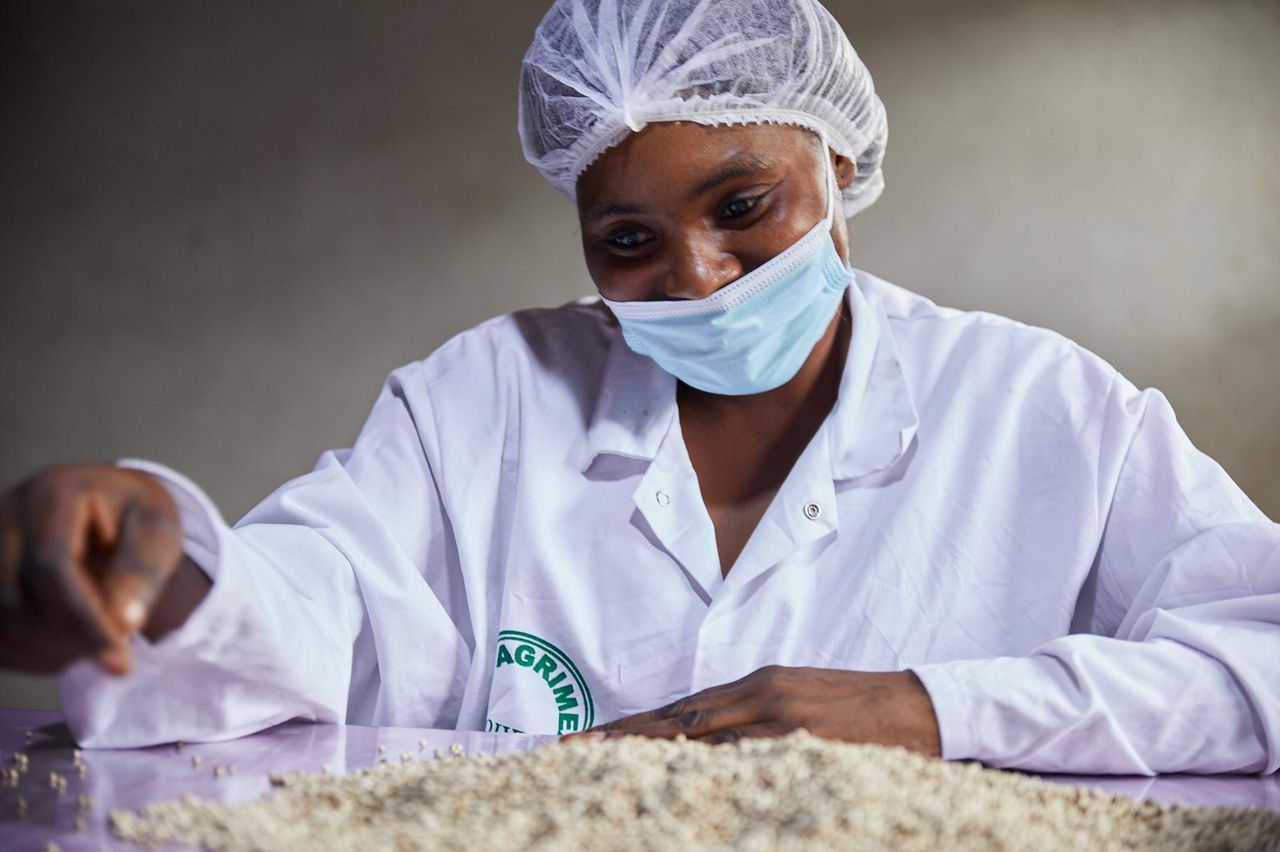
Health
The Cameroonian health system is structured around a public healthcare offering which represents 77% of reception and hospitalization capacities, with around 2,700 health structures, including 2,475 first contact establishments. In addition to the ordinary health facilities found in most towns and cities, Cameroon has three (3) General Hospitals in Yaoundé, Douala and Garoua.
Learn MoreLive Stock
Cameroon has the most dynamic livestock farming in Central Africa. The poultry and beef sectors provide more than 70% of the meat consumed by Cameroonians. Poultry farming is practiced in all regions of the country in traditional and semi-industrial ways. Local production of eggs and chickens manages to cover the needs of the local population, or even be exported to other countries in the sub-region
.jpeg)
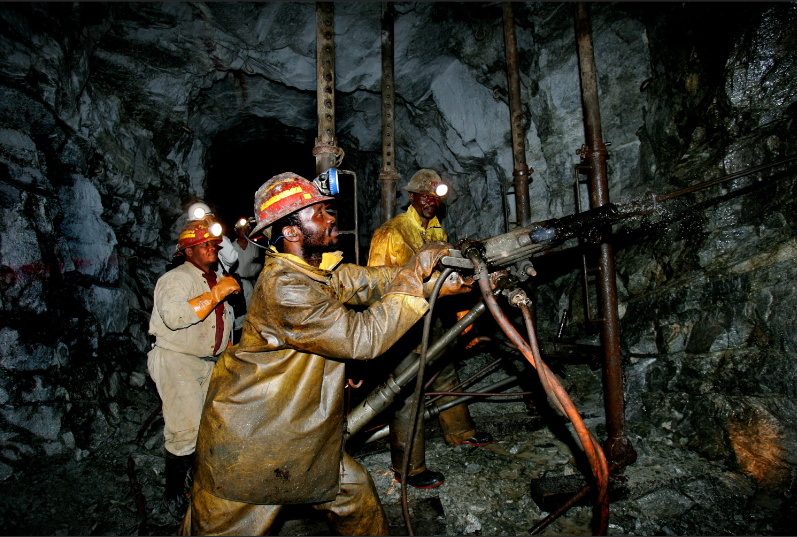
Mining
Cameroon’s mining sector represents less than 1% of GDP, despite significant and identified mining resources and nearly 200 operating permits issued by the Government. The mining sector has undeveloped resources of bauxite, cobalt, cassiterite, gold, granite, iron ore, lignite, nepheline syenite, nickel, rutile, and uranium. However, most of the resources have yet not been exploited.
Learn MoreRetails
Modern distribution represents around 30% of the market (70% for traditional distribution) of food and non-food products. Food distribution is dominated by Sodicam (7.5%) with its two brands Super U and Casino, Le Complexe Santa Lucia (5.8%) which is a local brand with its eleven stores in Yaoundé and Douala and Mahima Sarl (5 .5%), an Indian group. In 2021, local brands specializing in the distribution of construction equipment occupied the podium in the top five retail companies in terms of market share, with the company Quiferou Sarl (1.4%), Groupe Fokou (1.2 %) and Cogeni Cameroun Sarl (1%). In 2020, the largest mall in Central Africa (DOUALA GRANDMALL) opened in Douala.
Learn More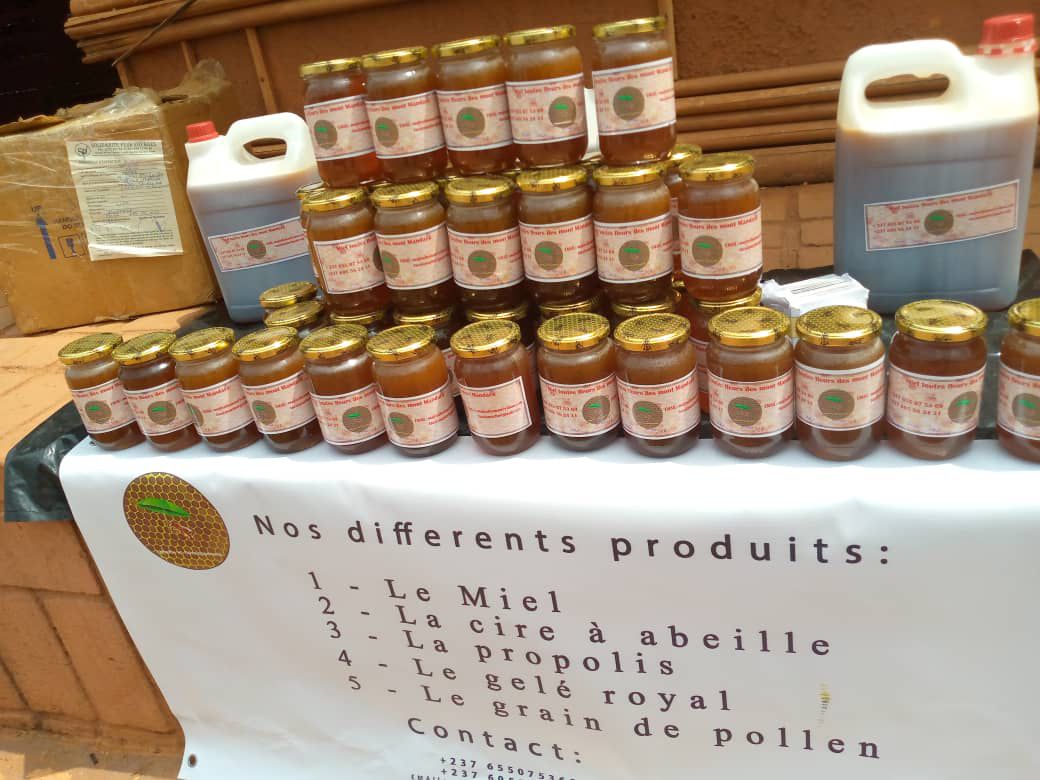

Sea Transport
Cameroon officially has three main seaports: Douala, Limbé and Kribi, to which add four offshore oil terminals in the regions of Limbé and Kribi and four secondary port sites located on either side of Douala.
Learn MoreTourism
Leisure tourism is developing very slowly around memorial stays and massive seasonal returns of dual nationals and the Cameroonian diaspora. However, the country’s potential is remarkable and remains underexploited due to the lack of site development and the absence of access infrastructure. (beaches in the English speaking regions and wildlife parks located in the far north of the country in particular).
Learn More